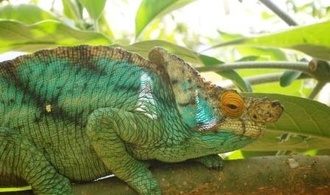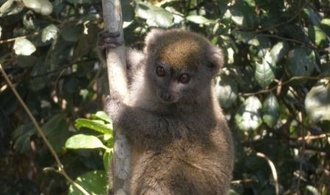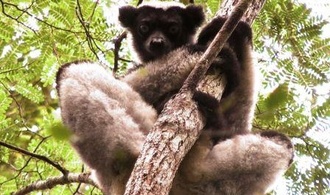A biodiversity hotspot
Written by Modified on the
Because of their wealth in endangered endemic species, Madagascar, Mauritius, Comoros, Reunion and the Seychelles are ranked among the top 35 global biodiversity hotspots by Conservation International.
Madagascar is home to some 250,000 plant and animal species, according to the WWF, or 5% of all known plants and animals on Earth. Over 70% of these species (and 90% of the plants) are found only in Madagascar. In 2008, an international team led by UC Berkeley (California) reported more than 2000 species of flora and fauna which needed to be protected as soon as possible.
Due to destruction of habitat, introduction of invasive species, overexploitation and climate change, many species have become endangered even before they were discovered. Using the example of lemurs - animals found only in Madagascar – of the one hundred species recorded, eight are classified as critically endangered by the International Union for Conservation of nature (IUCN), including Propithecus candidus, Propithecus perrieri and Prolemur simus.
The Seychelles archipelago, meanwhile, has about 250 native plants, including nearly a quarter which are threatened, 13 endemic bird species, including 8 which are endangered, 5 species of endemic bats, including one which is critically endangered (Coleura seychellensis). The archipelago is also home to a family of endemic amphibians (the Sooglossidae) not to mention a famous reptile: the giant Aldabra tortoises (Aldabrachelys gigantea) which are still well preserved.
In Reunion Island, over 250 plant species are under threat, such as the red macaw (Latania lontaroides) or the stinking Wood (Foetidia mauritiana) which is critically endangered. Endangered birds include the black Bourbon petrel (Pseudobulweria aterrima) and the cuckoo-shrike (Coracina newtoni), also critically endangered.
Always for the birds, in Mauritius this time, the Fody (Foudia rubra) and Zosterops Maurice Green (Zosterops chloronothus) are also part of the red list. Mauritius is known for its famous Dodo (Raphus cucullatus) disappeared in the late 17th century, but be aware that the island still hosts one of the rarest species in the world: Palm Hyophorbe amaricaulis including the unique copy pushes the botanical garden of Curepipe.
Did you know?
The IUCN Red List has been adopted by the Convention on Biological Diversity as the best way to track the status of biodiversity in the world.In this list, the IUCN grades species into 6 main categories representing the degree of danger to a species:·
- Extinct in the wild
- Critically endangered
- Endangered
- Vulnerable
- Near threartened
- Least concern




